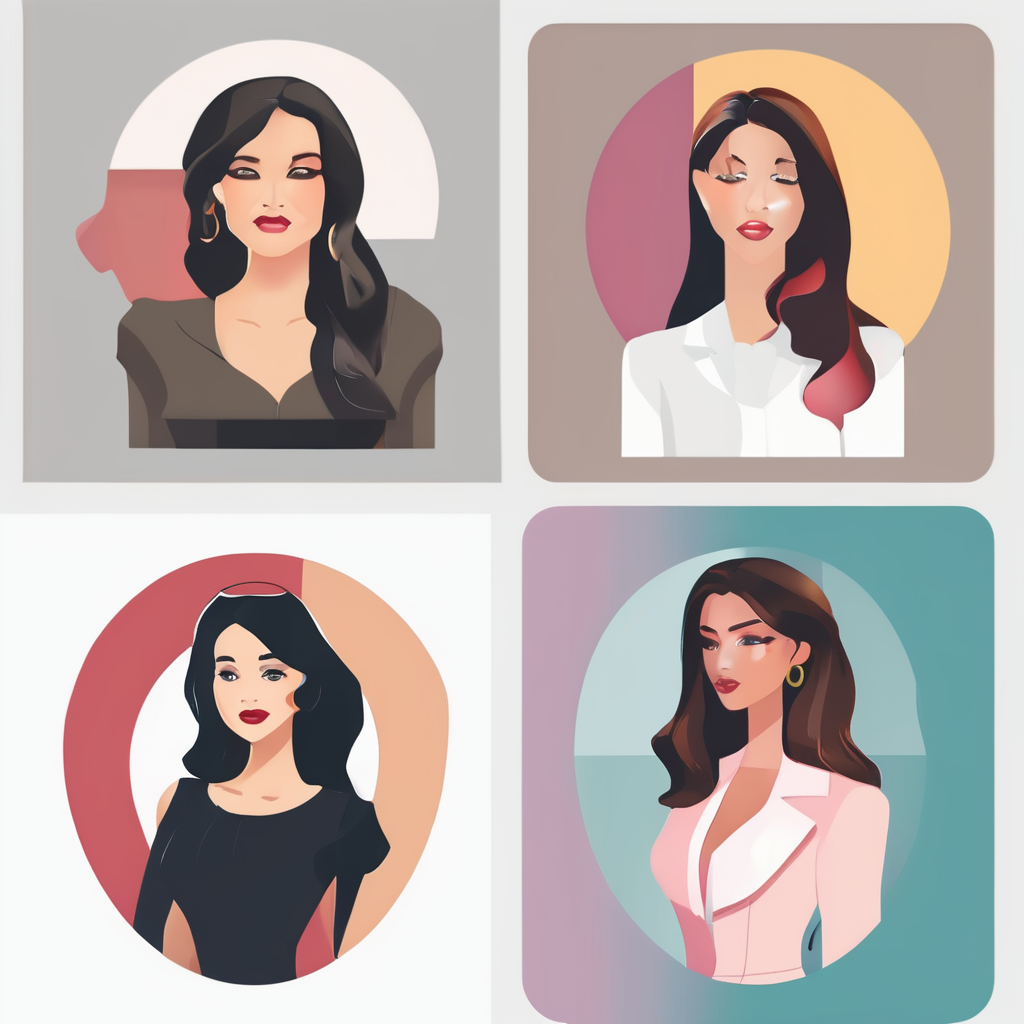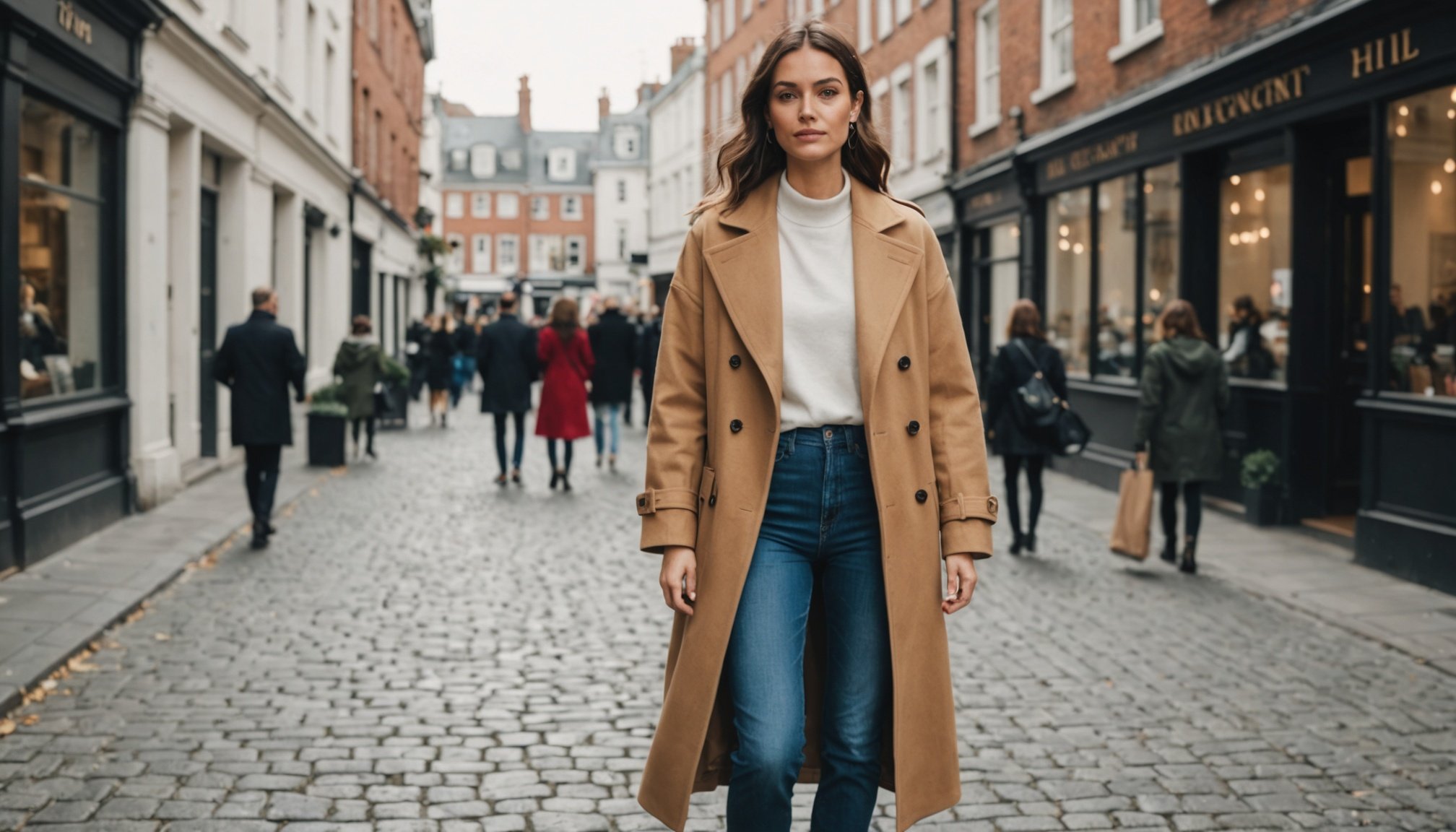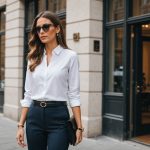Layering is more than just a practical approach to dressing; it’s a stylish technique that can elevate your entire outfit. The concept of layering involves wearing multiple garments in a way that creates depth, texture, and visual interest. This method allows you to mix different lengths and styles, resulting in a dynamic look that reflects your personal style. In this guide, we will explore how to effectively layer pieces, incorporate various textures, and add vibrant colors to your wardrobe, ultimately empowering you to create stunning outfits that stand out.
The Basics of Layering: Foundation and Structure
When you think about layering, it’s essential to start with a solid foundation. Begin with a top that fits well, such as a fitted shirt or a sleek tank. This base layer serves as the canvas for the rest of your ensemble. Next, consider the middle layers, which can include sweaters, cardigans, or blazers. These pieces should offer both warmth and style, while also allowing you to play with textures. You might choose a chunky knit sweater to add volume or a lightweight cardigan for a more refined look.
Also to read : What techniques can I use to create a monochromatic look that stands out?
As you build your layers, don’t forget about the outer garment. A well-chosen outerwear piece can pull your entire outfit together. Think about a tailored coat or a trendy jacket that complements your inner layers. This three-layer approach not only keeps you warm but also introduces an exciting interplay of colors and styles.
Remember, layering isn’t only about fabric; it’s also about length. Mixing shorter tops with longer layers can create a visually appealing effect. For instance, a cropped sweater worn over a longer shirt not only adds dimension but also draws attention to your waist. Similarly, pairing a long tunic with a shorter jacket can elongate your silhouette while maintaining a balanced look. Keep experimenting with different lengths to discover what works best for you.
This might interest you : What are the essential components of a fashion-forward athleisure outfit?
Playing with Textures: The Key to Dimension
One of the most exciting aspects of layering is the opportunity to play with textures. Mixing different materials can significantly enhance the visual appeal of your outfit. For instance, combining soft fabrics like cotton or silk with more structured materials such as denim or leather can create a striking contrast that draws the eye.
When layering, think about how each texture interacts with the others. A cozy knit sweater paired with a smooth shirt can create an inviting look, while a leather jacket over a flowy dress adds an edgy twist. Don’t shy away from experimenting with unexpected combinations; a lace top layered under a chunky knit can give an interesting depth to your overall appearance.
Colors also play a critical role in how these textures are perceived. Neutral colors can help emphasize the texture of a layered outfit without overwhelming it, while bold colors can make the textures pop. For instance, a deep burgundy sweater over a cream shirt not only looks chic but also highlights the softness of the cotton against the ruggedness of the knit.
Moreover, consider accessories as additional layers of style. Scarves, belts, and statement jewelry can add texture and interest without complicating your outfit. A chunky knit scarf can add warmth and dimension, while a wide belt can cinch your waist, creating a flattering shape. Layering is about balance, and understanding how textures work together will help you achieve a cohesive and fashionable look.
Adding Color: Creating Visual Interest in Layers
Color is a powerful tool in the art of layering. It can transform an ordinary outfit into a stunning ensemble. When selecting your layers, think about how colors will interact with one another. A monochromatic outfit can be striking, but incorporating different shades of the same color can add depth and sophistication.
For instance, wearing a light blue shirt layered under a navy sweater creates a subtle yet stylish contrast. Alternatively, a vibrant sweater over a patterned shirt can add a pop of excitement to your look. Don’t hesitate to mix in unexpected hues; a mustard sweater can bring warmth to a blue and green combination, providing a fresh and modern feel.
When layering different lengths, it’s also essential to consider how color placement affects your overall silhouette. A bright color on a longer layer can draw the eye downward, creating an elongated look. In contrast, a bold color at the top can create a focal point that brings attention to the face. Think strategically about where you place your colors to enhance your natural shape.
Accessories are another avenue to incorporate color into your layered outfits. A vibrant handbag or a colorful scarf can serve as beautiful accents without overwhelming the overall look. When thoughtfully selected, these accessories can tie your outfit together while allowing you to play with more colors than you might typically wear.
Accessorizing Your Layers: The Finishing Touch
Accessories serve as the finishing touch to any layered outfit. They provide an opportunity to express your individual style and can dramatically change the feel of your look. When layering, think about how accessories can complement the various lengths and textures you’ve chosen.
Start by considering the types of accessories you want to include. Lightweight scarves can be a great addition to any layered look, especially when paired with longer tops. They add softness and can be styled in many ways. A statement necklace can also elevate your outfit, drawing attention to the neckline of your layered shirts. Opt for pieces that resonate with your overall style — whether that’s minimalist, bold, or eclectic.
Belts are another excellent accessory for layered outfits. They can define your waist and create a polished look. For example, a wide belt over a loose sweater can emphasize your shape and add structure to an otherwise flowing outfit. You can also layer different belts for a unique effect; a thin belt over a thicker one can create an interesting contrast.
Don’t underestimate the power of footwear in completing your layered looks. Your choice of shoes can convey a different vibe altogether. Ankle boots can add an edge to a soft layered outfit, while loafers can make it feel more professional. Consider the occasion and your personal style when selecting shoes, and don’t be afraid to switch it up based on the season.
Layering is an art that can transform your wardrobe and enhance your personal style. By understanding how to mix different lengths, textures, and colors, you can create outfits that are not only stylish but also adaptable to various occasions. Embrace the basics of layering by starting with a solid foundation and building upon it with strategic choices in texture and color. Remember to accessorize thoughtfully to tie your looks together.
As you experiment, you’ll find that layering allows for endless creativity. Don’t be afraid to try new combinations, and always keep your personal style in mind. With these tips, you’re well on your way to mastering the art of layering, creating dynamic and visually appealing outfits that showcase your unique fashion sense.











